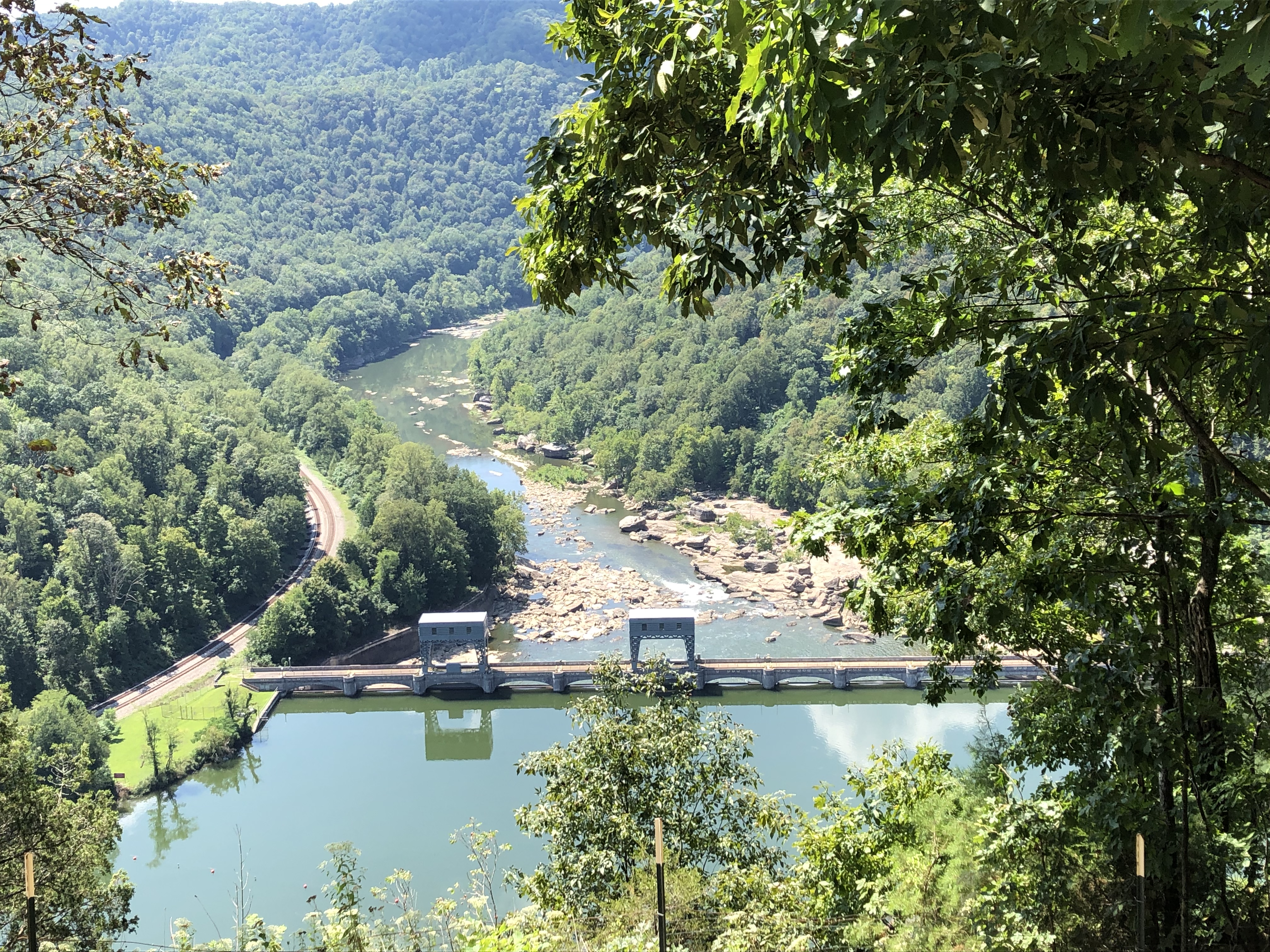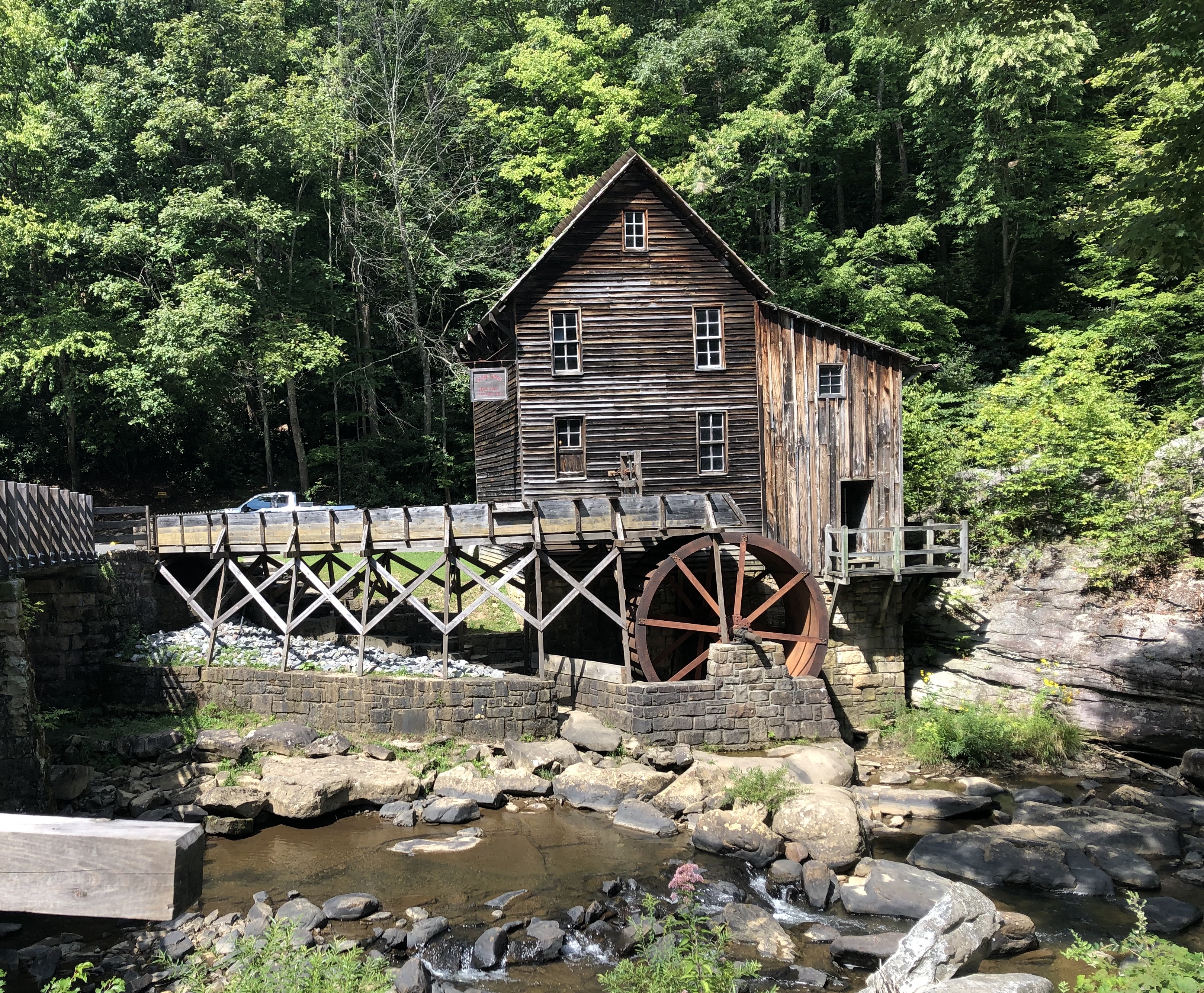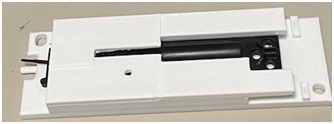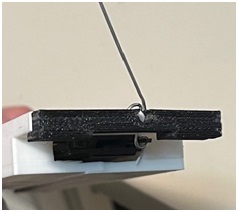|
I am constructing an HO scale model railroad based on the Chesapeake & Ohio (C&O) railroad system.
It is primarily staged entirely within West Virginia and in the late 40's - early 50's - as C&O was running both steam & diesel and experimenting with a variety of paint schemes about this time.
The Hart's Creek line operates out of Harts, WV located in the West - South - West area of West Virginia.
It runs 275 miles from Huntington, through Barboursville (where I grew up) and on to Harts.
It then continues on to Gauley Bridge, past Hawks Nest, Fayetteville (location of the New River Gorge Bridge),
 . . . . . . . . . . . .
and Babcock State Park (location of the Glade Creek Grist Mill),
and ends at Cass (home of the Cass Scenic Railroad) in the Monongahela National Forest.

Click here for a list of my track stock. (In work)
I am a retired US Air Force Communications / Computer / Electronics Engineer and retired as a Data Scientist from working in Medical Research for the Philadelphia VA Hospital. I still run my web site, The Woodcrafter Page at www.TheWoodcrafter.net.
Work on the layout has been very slow as I stay very busy with activities (RVing, hiking, kayaking, biking and pickleball - to name a few) and working around my home (I do a lot of wood art / woodcrafting).
This is, after all, a hobby and just for fun.
|
I played around with numerous track designs - a lot - before getting started on the benchwork. The basic flow was inspired by a very old HO scale slot car set - the Lionel Pike's Peak Hill Climb slot car set from Sears. It was my very first, of MANY, slot car set.
The track winds up the left side and back down on the right. Actually, most of the track is on the lower level with some intermediate sections. There are also directions reversing sections that send the train back the way it came.
The layout mostly fills a room about 16' x 20' in a 'U' shaped bench. Part of it exteneds inside the closet for hidden storage. There are access areas in places where I cannot reach track from the front area. Some are push up sections while some just open areas behind mountains and such.
|
 |
I plan to include exact, or at least nearly exact, replicas of places near the Cass Scenic Railroad in West Virginia, the Main Street of Barboursville, WV, the street I grew up on and, if space permits, Hawks Nest State Park, the Glade Creek Grist Mill and a section of Huntington, WV too .
I have finally elected to use DDC - after extensive testing. I want the layout to employ continuous forward running while changing travel directions and I was not sure the DCC auto-reverseing circuits would work well enough in my direction reversing loops. I finally learned enough about DCC (and the revesing circuits) then tested A LOT before concluding it will work just fine.
I will be adding information on the wiring of DCC auto-reverse circuits and their adjustments as I move forward.
I belonged to the Las Vegas, NV Model Railroad Club back in 1982 and learned an immense amount of knowledge while there. We used a CTC board there and it worked quite well but required the full time attention of at least 1 person. The club is, unfortunately, no longer in existence.
Knowing how so many people shy away from using a Central Train Control (CTC) panel, I have added a how-to section on this site. I think you will find it very easy to follow and extremely informative if you are undecided as to how to wire your layout. Click here to go to the CTC How-To page.
I will keep posting pictures of the progress here as I proceed so keep checking back. I've also posted some pictures of the layout in Las Vegas and of the module I constructed while a member of the Warner Robins, GA Modular Railroad Club as well as some really good shots my father took of a Berkshire running through Huntington, WV.
Do you hate seeing those ugly switch mechanisms on your layout? I have developed a quite reliable, yet pretty simple, way to take those nasty looking old Atlas (or similar) switch machines

Before the modifcation.
and convert them to an under-the-table unit to improve the scenic quality of your layout. No more making sure there 'just happens to be' a mound of dirt next to every turnout to hide the switch machines. Click here to download the Adobe Acrobat (pdf) file (88kb) showing the procedures.

After the modifcation.
I also designed an easy to install 3D printed case to place Atlas switch machines under the layout.
The 3D printer .stl file is available on Etsy (coming soon) by clicking here.
 . . . . 
This allows for easy replacement of defective units and adds the ability to adjust the alignment of the system after installation.
|



 . .
. . 